| Replacing and adjusting the vacuum setting element for exhaust turbocharger |
| Special tools and workshop equipment required |
| t
| 10 mm wrench socket -T10422- |
| t
| Ring spanner 10 x 12 -T10423- |
| t
| Socket wrench insert -T40055- |
| t
| Thin paint brush (approx. 20 cm long) |
| t
| Hand vacuum pump, e.g. -VAS 6213- |

Caution | The special tools listed, in particular the socket wrench -T10422-, must be used exclusively as described below and must not be used for any other screwed connections. Risk of deformations, opening and slipping of the wrench at higher tightening torques. |
|

Note |
|
|
 Note
Note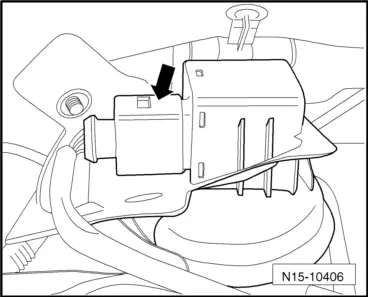
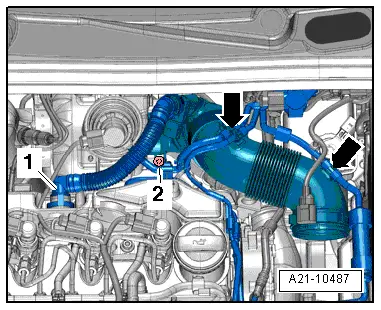
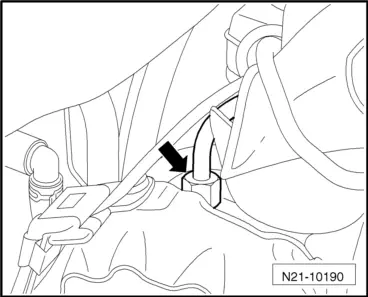
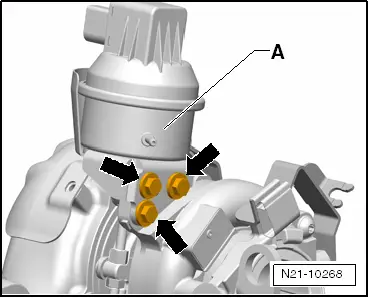
 Note
Note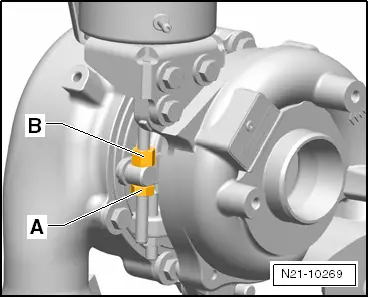

 Note
Note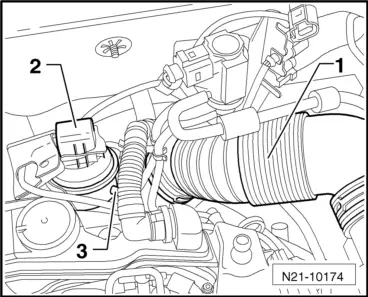
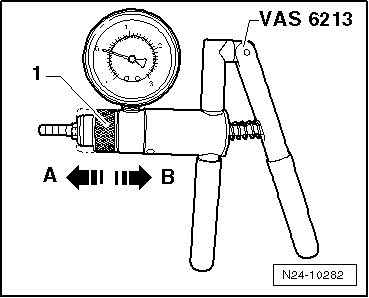

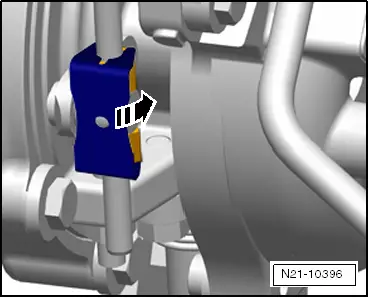


 Note
Note



 Note
Note

 Note
Note




